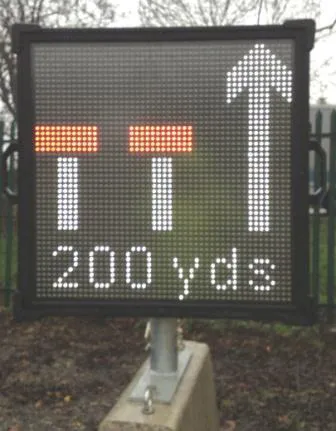This allows the traffic detection system to recognise both motor vehicles and bicycles. The Canoga card reacts quickly enough to give cyclists a green light without needing to slow down or wait at the intersection; or worse yet, navigate a red light.
The system can use existing advanced detector loops and the Canoga 9004 traffic sensing technology in a traffic cabinet. This allows a traffic department to detect and classify bicycles that travel on the roadway. This information is also calculated, recorded and stored for subsequent data retrieval through an Ethernet-enabled connection.
And the Canoga 9004 cards are able to detect and react to the presence of bicycles with enough time to trigger the intersection green lights before the cyclist has arrived. The result is less unnecessary stopping for cyclists and faster, safer journeys.
Safer cycling in urban areas
Global Traffic Technologies (GTT) is helping to make journeys for cyclists safer, smoother, and faster by using existing infrastructure. The firm offers its Canoga 9004 system to detect and react to bikes at intersections.
This allows the traffic detection system to recognise both motor vehicles and bicycles. The Canoga card reacts quickly enough to give cyclists a green light without needing to slow down or wait at the intersection; or worse yet, navigate a red light.
August 1, 2017
Read time: 2 mins








